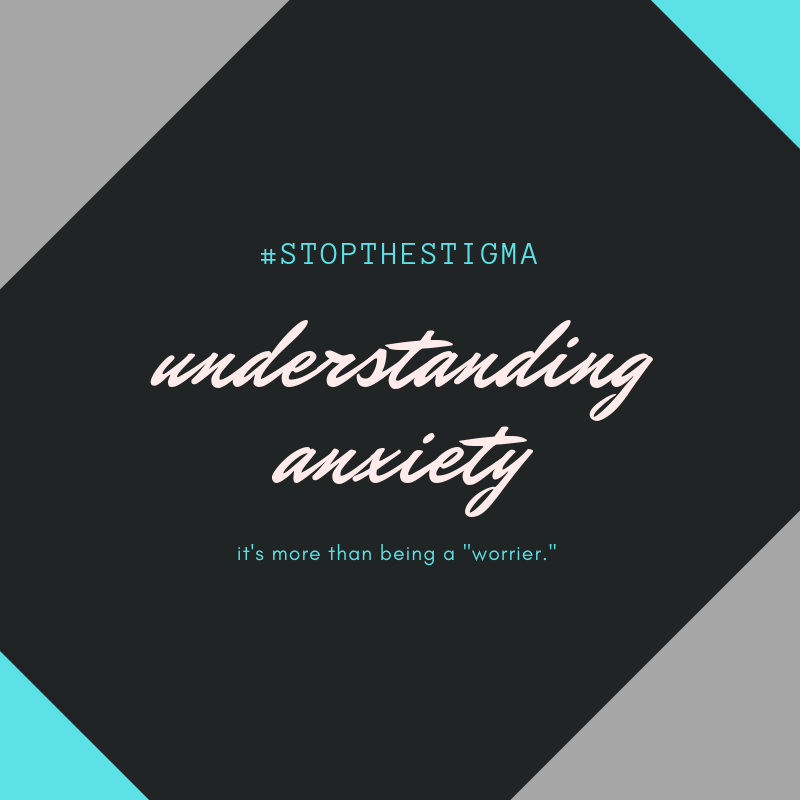
Anxiety Disorders: What They Do and Where They Come From
There are a variety of anxiety-related disorders including phobias, social anxiety, and PTSD. With an increasing prevalence of these types of disorders, one has to wonder where do these varieties of mental illnesses come from? Some level of anxiety is normal, especially in stressful situations. Anxiety disorders can be differentiated from normal levels of anxiety through duration, intensity, and frequency. This often affects an individual’s daily life schedule, like work and family.
Anxiety and the Brain
It can be helpful to understand how anxiety works in the brain, especially when describing uncontrollable anxiety. It is believed that anxiety is tied to the emotional part of the brain, of which the amygdala is the most important, since it governs emotional learning and fear. While there are a multitude of anxiety disorders, most of them are due to a dysregulation of stress and the flight or fight response and can be retraced to the brain. Many people feel that the manifestation of anxiety disorders can seem like an overreaction, but the terrifying experience of anxiety disorders is very real and can be traced back to neurological abnormalities.
Predisposition during Childhood
Many people are predisposed for anxiety as children, because they are more easily overwhelmed by their surroundings. However, there are effective ways to help these children at young ages by providing adequate support and encouragement. How children develop their temperament is not fully understood. It is believed that it is most likely a combination of environmental and genetic factors. Genetics can increase your likelihood of getting an anxiety disorder and environment is where learned behaviors and experiences contribute to the development of such disorders.
Environmental Stressors
There are a variety of experiences that can lead to an anxiety disorder. Anxiety can also be learned; if a parent has an anxiety disorder, children are more likely to also develop an anxiety, because that’s how they learn to respond to situations. For other disorders like PTSD or phobias, one traumatic event can lead to recurring anxiety. The good news is that the brain is malleable, so it is possible to overcome anxiety disorders with proper treatment.
Treatment
Despite the breadth of anxiety disorders, there are a lot of different ways to learn to cope and treat each disorder. There are different kinds of exposure therapies that help individuals learn to cope with their fears in a more effective manner; the format of these therapies usually varies depending on the type of anxiety disorder that is being exhibited. For those with PTSD, generalized anxiety disorder, or panic disorder there are also some medications that can be prescribed in order to help manage symptoms. However, these treatments are usually paired with therapy, so that the underlying cause of anxiety is properly addressed.
If you or someone you know is struggling with a mental health issue, please feel free to contact the professional team at Lifeline Connections for help! Getting yourself help, whether it is through self-help or by reaching out to professionals is an important part of recognizing that you are struggling and is a good step forward to get the help that you need. You can visit
Lifelineconnections.org or call 360.397.8246 for more information.
